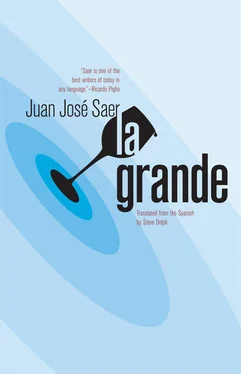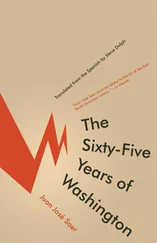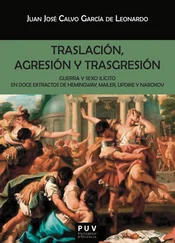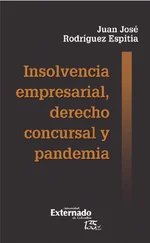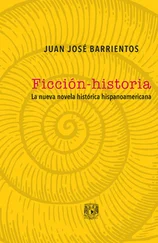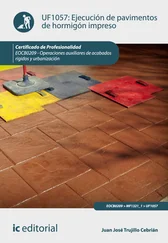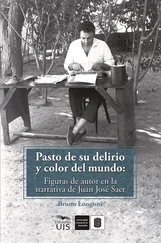— It’s Hamlet’s father.
— No, no, Diana says. It’s Athena, rerouted by the southeastern on her way to Troy to pacify the rage of the Greeks.
— It’s not, says the voice of Gutiérrez. It’s Mario Brando, sent by Dante to confirm his recognition of precisionism as the only legitimate heir of the dulce stil novo .
— You’re all wrong, Marcos says. It’s Doctor Russo, coming to occupy, definitively and gratuitously , the house he sold to Willi.
And at that moment, as though it had heard him, the somersaults of the evanescent, whitish shape grow increasingly unstable and it rushes to the earth. Everyone runs to it, but Nula is the one who traps it, announcing what everyone already knew:
— It’s a plastic bag from the hyper. It has the Werden W.
— Warden , Tomatis correct him. What color?
— Blue, from the seafood section, Nula says.
— Blue, Tomatis repeats after a doubtful silence. Adjacent to black.
WITH THE RAIN CAME THE FALL, AND WITH THE FALL,the time of the wine.
Juan José Saer died in Paris on June 11, 2005. During his final days, in the hospital, he worked on the book you hold, La Grande , published posthumously in October of the same year. The manuscript was prepared for publication by his longtime Argentine editor, Alberto Díaz. In his afterword, Díaz notes that the last line of the book we have is in fact the first line of an unwritten final chapter:
In his notebook [for the final chapter], Saer wrote the title and the first line. We know that he thought of it as a brief coda (no more than twenty pages long), and that he’d decided to end the novel with the phrase ANOTHER MORO PROPERTY FOR SALE. The reader might infer a possible ending from this phrase (perhaps Gutiérrez has decided to sell the house), but there are no indications or notes that provide any certainty to what the ending would have been.
In short, the precise manner in which Saer would have concluded his vast and intricate corpus will forever remain in the territory of speculation. This, to me, seems apt. Arguably, the distinguishing formal quality of Saer’s later work, in particular after Nadie nada nunca ( Nobody Nothing Never ) (1980), is its incompleteness, its “openness” in the sense that Umberto Eco would have it.
If La Grande is an “unfinished” novel, it’s not so in the sense that we mean in reference to posthumous novels by Scott Fitzgerald or Kafka or Bolaño. Likewise, the La Grande that we have is not strictly speaking a “draft” if only because Saer was a meticulous draughtsman, and the prose that made it into type was most often very close to the final version. (His papers, which now rest in the archives at Princeton, are somewhat disappointing in this regard.) La Grande is unfinished in the sense that incompleteness is its central motif as well as the manner in which it is narrated — Saer’s fashionable philosophical term, in the mouth of Nula, the book’s protagonist, devenir , means “to become.” The hesitation, false starts, inconsistencies, and awkward mid-sentence tense shifts that mark the prose style should not be taken for roughness or errors that would have been “corrected” upon further revision. These qualities, typical of Saer’s style, follow from the two central concerns of his novels: the substance of memory and the problem of narration. The question of being and becoming was implicit in all his writing, it was his metaphysics.
It wouldn’t be unreasonably far-fetched to suggest that Saer actually offers us not one but two coda to La Grande , and that, as a last wink, these don’t appear at the end of the book, conclusively, but rather are insinuated somewhere in the middle, just as, on the level of the sentence, he tends to fold the crucial idea of a paragraph within an otherwise apparently superfluous parenthetical subordinate clause. The book that Nula is writing, his Notes toward an ontology of becoming is one of these coda (or maybe cipher is the better word); this title perfectly describes the book in which it appears, as well as Saer’s writing generally. The subject of Nula’s work-in-progress, like Saer’s, is the manner in which the human mind comprehends and reproduces reality. Saer, like Proust or Sebald or Woolf before him, practiced what might be called a phenomenology of the mundane.
Another recapitulation, in miniature, is the story of the fictional painter Hujalvu, who, according to a letter from Pichón to Tomatis, spent his life painting not one species of butterfly, but rather one single butterfly . “The same butterfly?” Tomatis wonders, rereading the letter:
Aesthetically, the choice is reasonable, and, one might even say, necessary, but how would it be possible to keep a single butterfly intact over an eighty-year life without it eventually disintegrating, unless, after a certain point, he was painting from memory, not from the material, pulverized after a few decades, but rather the shape imprinted on him forever, which, having observed it to the point of possession, he was able to turn in every possible direction.
The butterfly here can stand in, metonymically, for the infinitesimal provincial world, la zona , that Saer wrote and rewrote continuously throughout his life. This anecdote, a barely mentioned postscript in an otherwise inconsequential letter, practically a throwaway moment in the novel, comes as close to a manifesto as anything Saer ever wrote.
For Saer, style itself, prosody, was a form of combat against the counterfeit brutalization of “realism.” Saer made prose in a baroque, draping style, from multiple viewpoints simultaneously, shifting registers dramatically from one clause to the next, circling syntactically, then back again, and maybe once more, then a dip, and a final turn. Reading Saer is like dancing inside the mind of someone who sees everything through the looking glass, always the skeptic. (No wonder, then, that Diogenes, the madman philosopher, often appears in Saer’s writing as a stand-in for the author figure.) If sometimes dizzying, for the reader this dance is intensely pleasurable, a supple antidote to our contemporary moment of pixilation and radical constraint, but for the translator this manner presents considerable challenges, and I would not have been able to make English from Saer’s prose without the invaluable help of many informants, among whom Eamonn McDonagh, Sergio Chejfec, and Rafael Arce deserve special thanks. Any trips and falls in the translation are entirely the fault of my own ineptitude.
— Steve Dolph, 2014
Juan José Saer (1937–2005), born in Santa Fé, Argentina, was the leading Argentinian writer of the post-Borges generation. In 1968, he moved to Paris and taught literature at the University of Rennes. The author of numerous novels and short-story collections (including The Sixty-Five Years of Washington, Scars, The One Before , and The Clouds —all in print or forthcoming from Open Letter), Saer was awarded Spain’s prestigious Nadal Prize in 1987 for The Event .
Steve Dolph is the founding editor of Calque , a journal of literature in translation. His translation of Saer’s Scars was a finalist for the 2012 Best Translated Book Award. He lives in Philadelphia where he spends his summers rooting for the Phillies.
